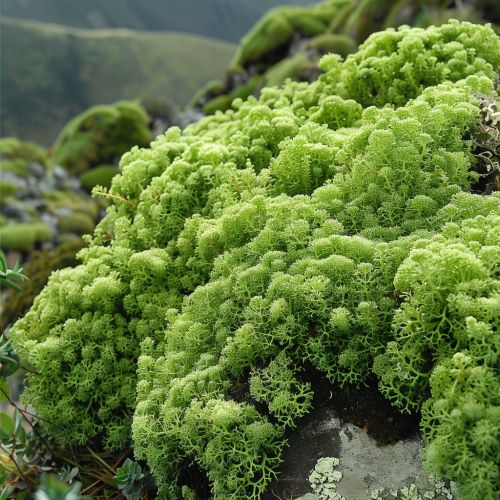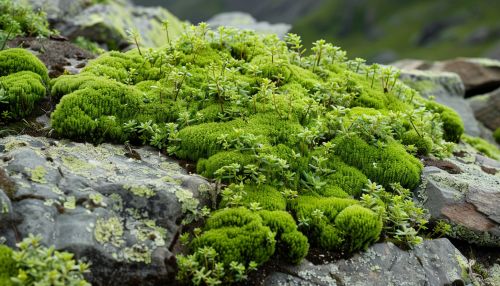Llareta
Description
The Llareta or Yareta (Azorella compacta) is a flowering plant in the family Apiaceae native to South America. It is found in the Puna grasslands of the Andes in Peru, Bolivia, northern Chile, and western Argentina at altitudes between 3,200 and 4,500 meters.


Morphology
The Llareta is a compact, cushion-shaped plant that can grow up to 1 meter (3.3 feet) in height. It has a unique growth pattern, with its branches growing extremely close together, making it one of the most compact plants in the world. This dense growth serves as an adaptation to the harsh conditions of its high-altitude habitat, helping to conserve heat and resist wind. The plant's leaves are small, scale-like, and cover the stems, giving the plant a moss-like appearance. The flowers are hermaphrodite, meaning they have both male and female organs, and are pollinated by insects.
Ecology
The Llareta is a slow-growing plant, with growth rates estimated at 1.5 cm (0.6 in) per year. Some larger specimens are estimated to be over 3,000 years old, making the Llareta one of the oldest living organisms on Earth. The plant's slow growth and long lifespan are adaptations to the harsh conditions of its high-altitude habitat, where temperatures can drop below freezing and precipitation is scarce. Despite these harsh conditions, the Llareta is a keystone species in the Puna ecosystem, providing habitat and food for a variety of insects and small mammals.
Uses
The Llareta has been used by indigenous peoples of the Andes for medicinal purposes for centuries. The plant's resin is used to treat respiratory ailments, and the leaves are used to treat wounds and infections. The plant is also used as a fuel source, due to its high resin content. However, the slow growth rate and long lifespan of the Llareta make it vulnerable to overharvesting, and conservation efforts are needed to ensure the survival of this unique plant species.
Conservation
The Llareta is currently not considered a threatened species by the IUCN. However, due to its slow growth rate and long lifespan, the plant is vulnerable to overharvesting for fuel and medicinal purposes. Conservation efforts are focused on sustainable harvesting practices and habitat preservation. The Llareta's unique adaptations to its high-altitude habitat also make it a valuable species for studying the effects of climate change on alpine ecosystems.
